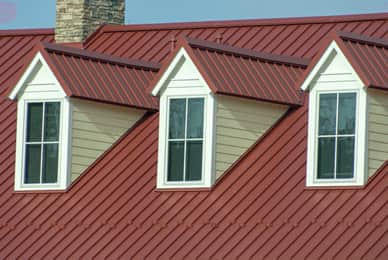Thermal and Moisture: Keeping the Weather Out
Published on February 21, 2019 by Nick Walsh

This course is based on the 2017 Florida Building codes and is approved by the AIA for a 1-hour credit. This course will focus on the "best practice" procedures to carefully plan and install thermal and weather resistant components.
The objectives of this course include:
- Summarize the key elements (either natural or mechanical) of a properly ventilated structure.
- List and describe at least 3 specific installation techniques and/or materials that contribute to a properly constructed roof system.
- Outline at least one design strategy based on "best practices" for the construction of buildings in areas with high humidity.
- Identify and implement proven methods that will effectively divert moisture from the foundation of a structure.
Here is a course excerpt on moisture protection for windows and doors:
Improperly flashed window and door openings are one of the most common mistakes made by contractors. This causes moisture to get into the wall, causing mold, mildew, and eventually, rot. A major reason for the mistakes made while installing windows and doors is that not every situation is the same.
Such as:
- Is the house wrap installed yet?
- Does the unit recess into the wall?
- Does the unit install with a flange?
Proper window and door installation preserve the integrity of the building envelope. Window and door rough opening sides should have the house wrap folded around and into the opening. The side flanges or brick molding will counter flash the sides of the opening and can be sealed with caulking or butyl tape. The top edge of the house wrap should be cut even with the rough opening and temporarily pinned or held up and out of the way of the window or door top flange. If the window or door has an integral or well sealed top flange, it can serve as the window or door head flashing!
Windows with molded or integral top flanges don't usually need additional head flashings. However, windows and doors NEED HEAD FLASHING!!! A metal or vinyl flashing (z-metal) installed on the top edge of the unit serves to positively divert any water to the exterior of the unit. The loose layer of house wrap can then be spot tacked with tape or fasteners over the head flashing. Remember: Before installing the trims around the window or door apply enough caulk at the ends of the z-metal flashing to create a "dam", which will keep water from running off the ends of the flashing and down the sides of the unit behind the side trims.
Moisture Protection Resources
Building Elements React To Moisture As Artful Inspiration
